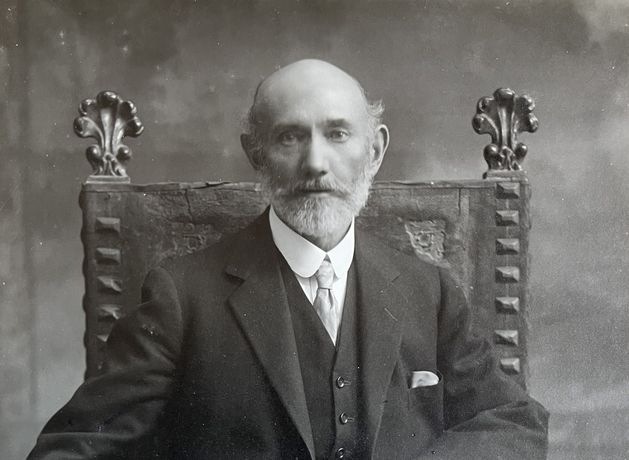
"Dr Emile J Dillon, War Writer, Dead" was the main headline on a New York Times article published on June 10, 1933. "Former Correspondent of the London Telegraph: Noted as Scholarly Journalist," a secondary headline recorded. An obituary in the Irish Independent described Dillon as 'a famous figure' who had once been 'the best-informed man in Europe.'"
"The Irish-born journalist had passed away in Barcelona the previous day, arising from complications following major surgery. He was 79 years old."
"In retirement from the newspaper business at the end of World War I, he had largely disappeared from public view. The obituaries in June 1933 only gave a small glimpse into a colourful life from the slum streets of Victorian Dublin to scrumptious salons of tsarist St Petersburg."
"Dillon was hailed for exposing the Armenian massacres and treated like royalty, though his credentials as a husband and father were openly criticised by one of his sons, writes Kevin Rafter."
Emile Dillon, an Irish journalist, gained fame for exposing the Armenian massacres. His demise on June 9, 1933, in Barcelona, followed significant health issues. Obituaries labeled him a leading figure and a journalist of scholarly repute. Despite his acclaim, his life, spanning the slums of Dublin to the elite circles of St Petersburg, was complex, and his family life garnered criticism, particularly from his son. After World War I, he retreated from public life, leaving behind a rich yet scrutinized legacy.
Read at Independent
Unable to calculate read time
Collection
[
|
...
]